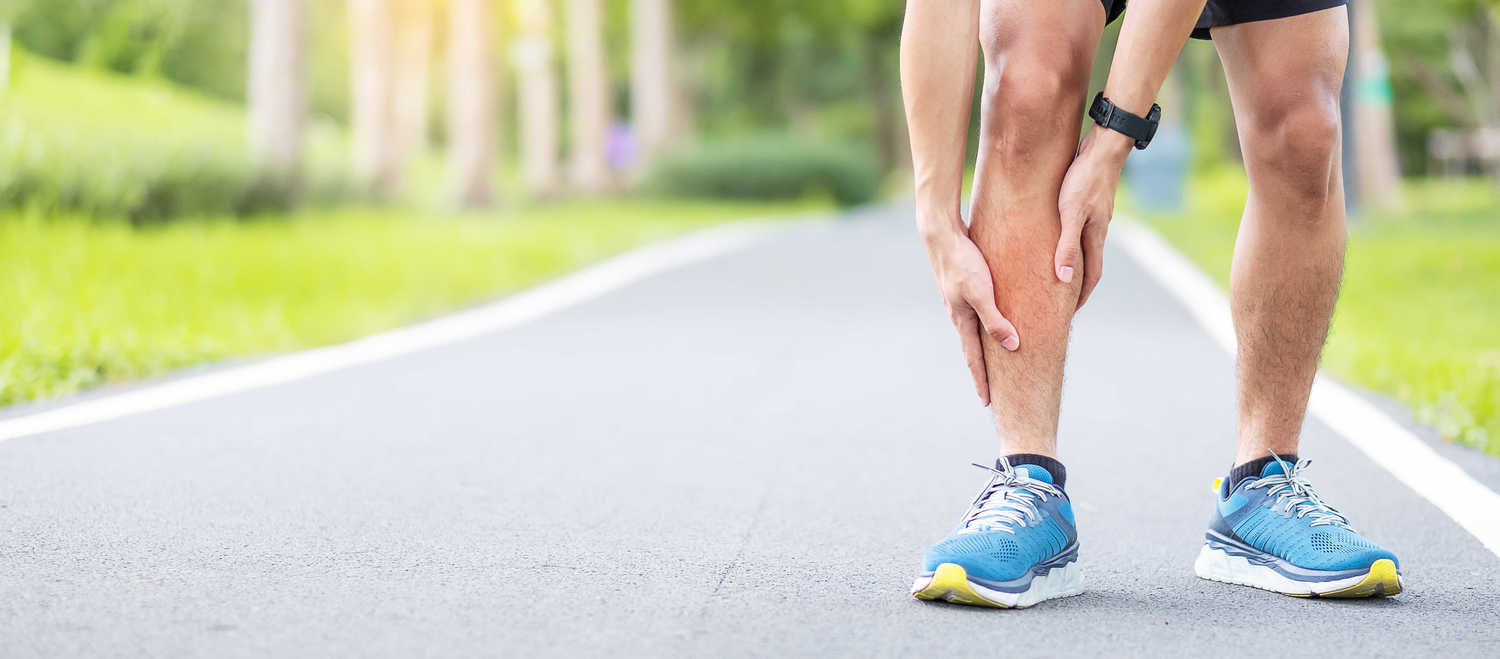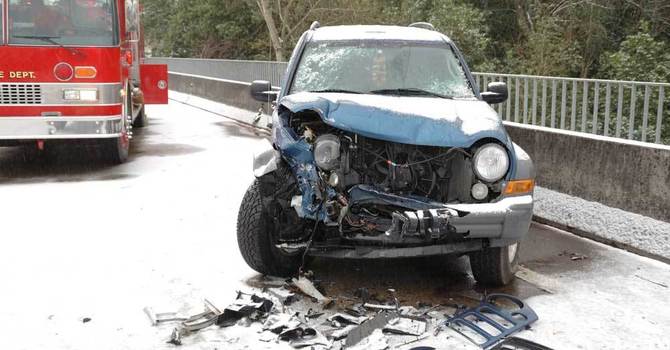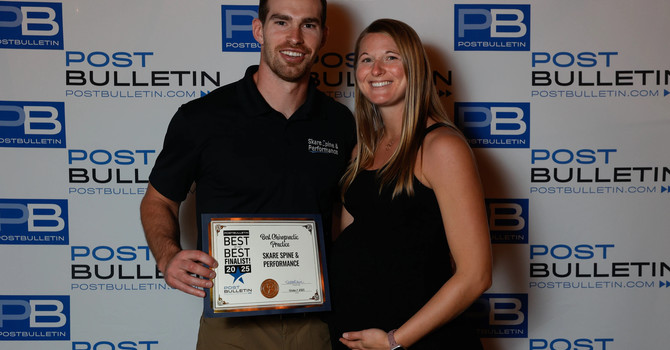
Preventing injuries is a crucial aspect of every athlete's career, as minimizing the risk of injury allows them to focus on training and improving their skills rather than recovering from setbacks.
It goes without saying that catastrophic injuries like ACL ruptures can set an athlete back for an extended period. Still, even minor injuries like ankle sprains or hamstring strains can be nagging and decrease performance, making injury prevention even more essential.
While various movement screens, injury risk assessments, and analytics contribute to sports performance, predicting injuries remains a complex challenge.
Surprisingly, the best predictor of future injury is…. previous injury.
This may seem surprising, but research on hamstring strains, ankle sprains, shoulder dislocations, and back injuries are great examples that show your chance of injury increases after getting injured.
- 70% of people restrain their hamstring within one year, even with conventional rehab.
- Those who have sprained an ankle are 19x more likely to do it again.
- Your chance of re-dislocating your shoulder is between 14-100% if you’ve sustained a prior dislocation
- If you experience acute low back pain, you have a 73% chance of reinjuring your back within one year.
These alarming stats show that proper rehabilitation for old injuries is vital in preventing reinjury.
When you sustain an injury, your brain adopts a “protective pattern” that alters muscle recruitment around joints. This can be helpful in the short term as it allows you to move and remain as pain-free as possible.
But, while helpful in the short term, this pattern can be harmful in the long term, leading to compensation and potential risks of reinjury or even worse.
Research has shown that these faulty and protective movement patterns can remain even when you are out of pain. This is why rehab for injuries is essential, even when out of the initial injury pain cycle.
By focusing on proper rehabilitation, we can “turn on” and strengthen the appropriate muscles again, reducing the chance of re-injury.
An important aspect of movement is how the brain organizes and recruits muscles for movement. Proper movement patterns have an ideal timing in which the brain activates the muscles. When you are injured, the timing of these muscles can be impacted.
So, your brain can turn off different muscles, but it also can change the timing of how muscles fire after injury. This is pretty nerdy stuff, but it’s fascinating how the body will adapt in the short term for “survival.”
For these two reasons, it's crucial that we turn on the right muscles through Dynamic Neuromuscular Stabilization but also start to work dynamically to get the proper synchronization of these movement patterns.
Two examples come from studies showing that reinjury rates for hamstrings and ankle sprains can be significantly reduced following a rehab protocol. Interestingly, traditional rehabilitation did not produce these results, but rehab and exercises that contain dynamic movements and stabilization produced excellent results.
In one of the studies, athletes reduced their chance of reinjuring their hamstring from a 70% chance to a 7.7% chance of reinjury with progressive agility and trunk stabilization program.
In the other, athletes who utilized balance board training reduced subsequent ankle sprains by 47%. Balance board exercises or a foam pad help create an unstable platform to train proprioception and strengthen stabilizing muscles in the foot and ankle.
Further, preventative and performance care is still important to help decrease the chance of injury.
As mentioned above, the best predictor of future injury remains previous injury, but we still want to do everything possible to prevent an initial injury.
How we can help with injury prevention and recovery:
- Joint palpation to identify excessive or limited joint movement in the joints of the spine, shoulders, hips, knees, ankles, feet, elbows, and wrists. It is important to mobilize the joints that are too stiff, but it is just as important to address the joints that move too much through stabilization.
- Evaluating muscle tension and trigger points. Muscle tension can often show areas of compensation or what joints may need more “stabilization.” Often, the brain holds tension or trigger points in muscles around joints in order to stabilize the joint so it doesn’t get moved into vulnerable positions. But this can also hinder performance as have adequate range of motions through joints is important in most sports. Typically once we stabilize a joint, muscle tension and trigger points will decrease.
- Conducting movement screens to identify instability, poor motor control, or compensatory patterns.
Different movement screens include:
- Y-Balance Test
- 6 Inch Step Down Test
- Scapular Rock Test
- 1 Foot Drop Landing
While these tests aren’t fully predictive of an injury, they tell us how you move and different areas of vulnerabilities. We then develop a plan to help address and correct any compensations or vulnerabilities.
Getting and keeping an athlete on the field is our number one priority!
Addressing vulnerabilities and ensuring proper rehabilitation even after pain subsides is critical in preventing injuries. By evaluating an athlete’s control over their movements through various tests and assessments, we gain insights into their susceptibility to injuries. Prioritizing injury prevention and promoting optimal movement control can significantly affect athletes' sports performance and longevity.
Stay tuned for a future blog to delve further into different movement screens and what they are used for!
Hodges PW, Tucker K. Moving differently in pain: a new theory to explain the adaptation to pain. Pain. 2011;152(3 Suppl):S90-S98. doi:10.1016/j.pain.2010.10.020
Pengel LH, Herbert RD, Maher CG, Refshauge KM. Acute low back pain: systematic review of its prognosis. BMJ. 2003;327(7410):323. doi:10.1136/bmj.327.7410.323
Polyzois I, Dattani R, Gupta R, Levy O, Narvani AA. Traumatic First Time Shoulder Dislocation: Surgery vs Non-Operative Treatment. Arch Bone Jt Surg. 2016;4(2):104-108.
Sherry M, Best T. A comparisonn of 2 rehabilitationn programs in the treatment of acute hamstring strains. J Orthop Sports Phys Ther. 2004:34:116
Tyler TF, McHugh MP, Mirabella MR, Mullaney MJ, Nicholas SJ. Risk factors for noncontact ankle sprains in high school football players: the role of previous ankle sprains and body mass index. Am J Sports Med, 2006;34:471-475
Verhagen E, van der Beek A, Twisk J, et al. The effect of proprioceptive balance board training for the prevention of ankle sprains. Am J Sports Med, 2004;32:1385-1393.

Nate Skare
Contact Me



